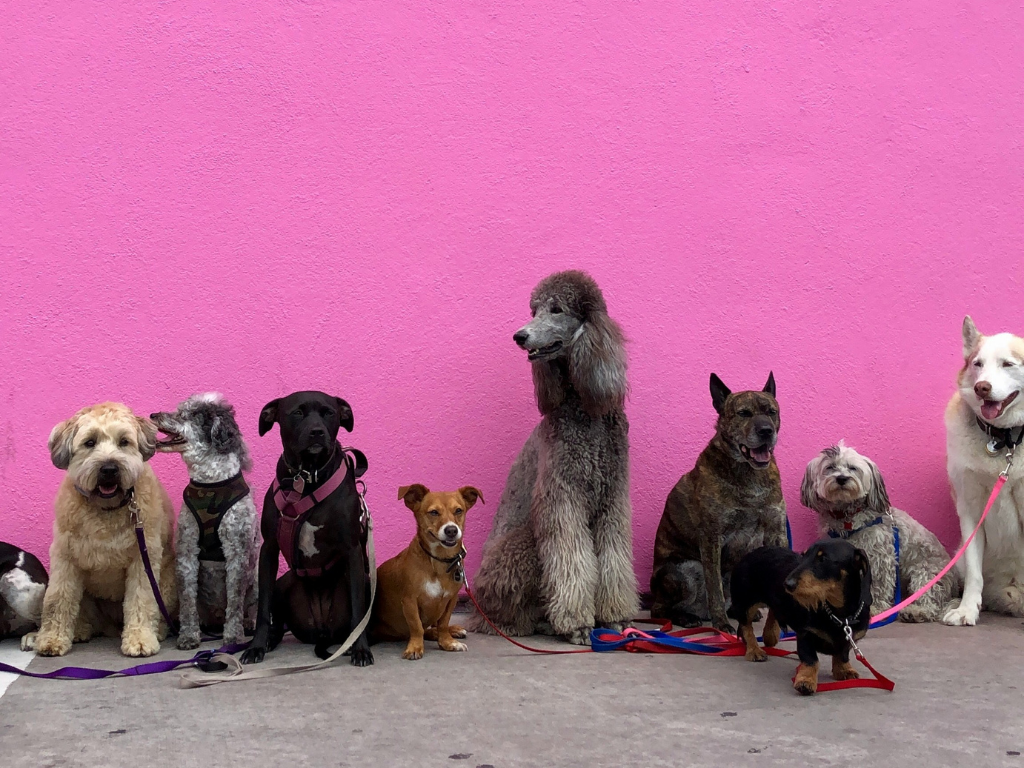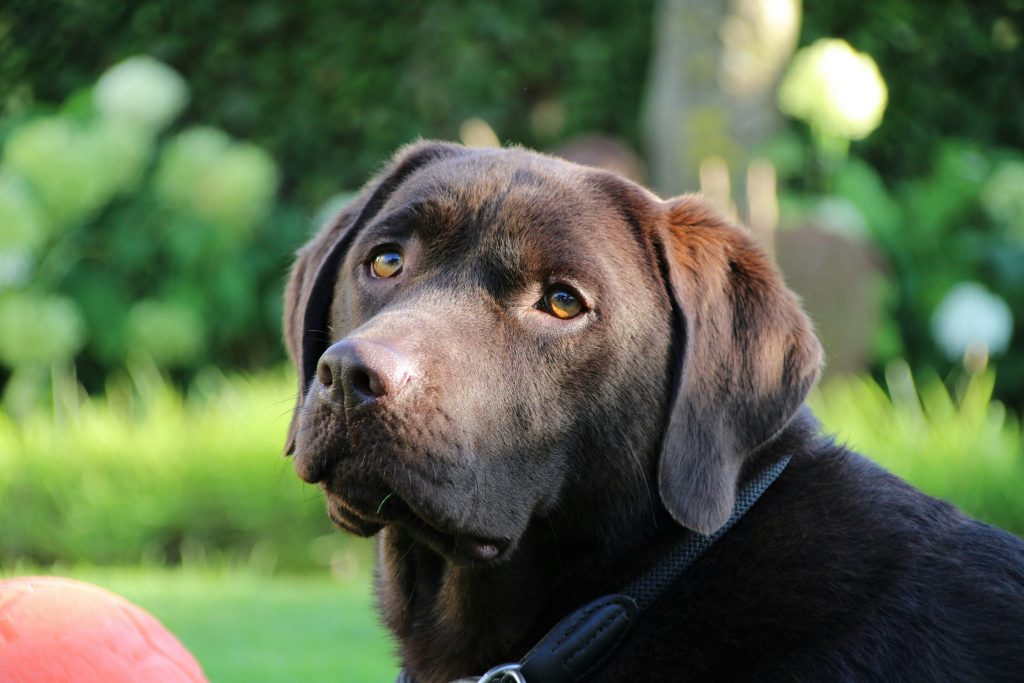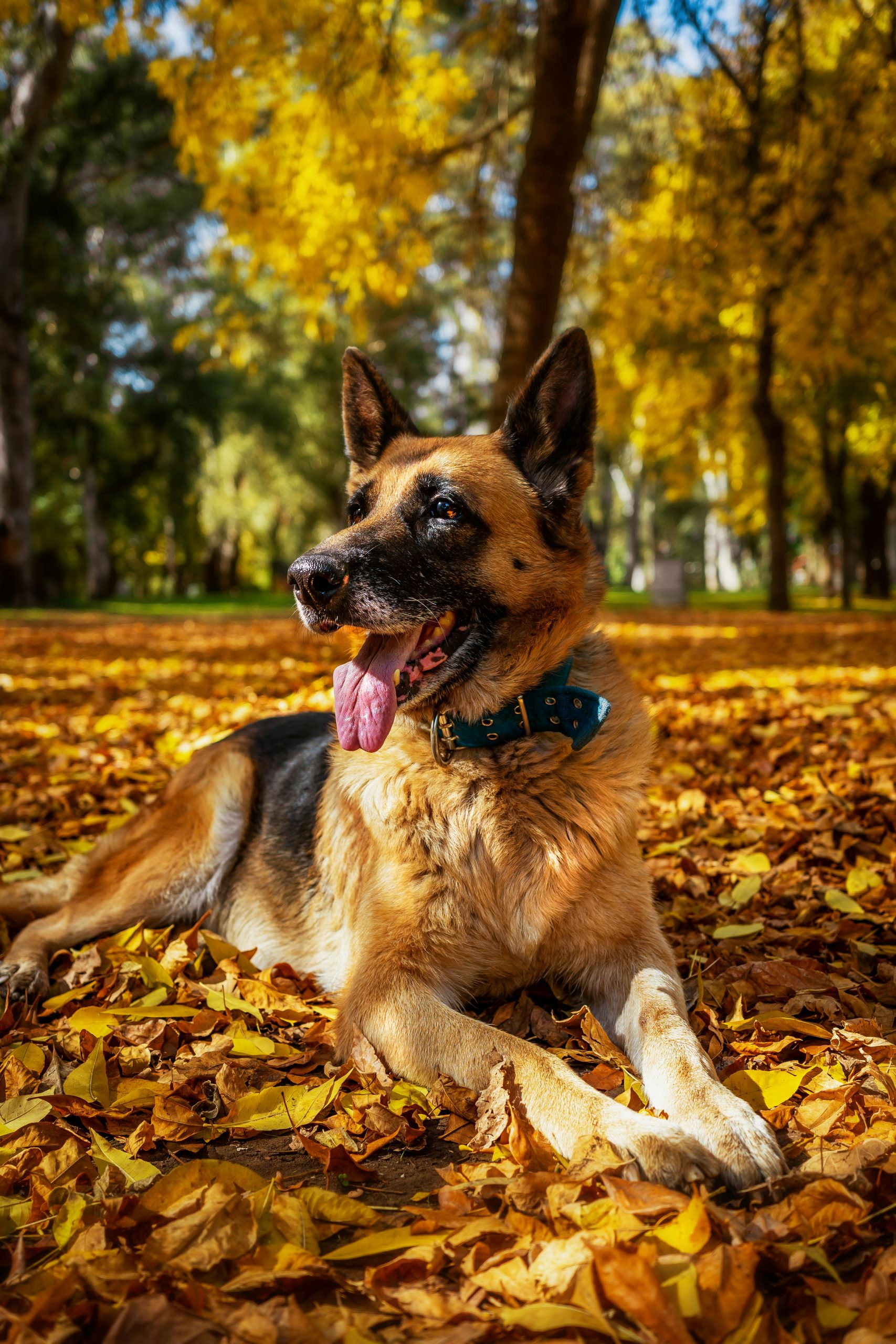
To answer this question, I found a study conducted in the US that analyzed 20,970 dogs to determine factors contributing to a dog’s lifespan. The researchers collected data from 3 independent primary care veterinary hospitals, representing various breeds, sizes, ages, genders, etc.
Let’s find out what were the results.
Lifespan of the Top 10 Most Common Breeds
1. Yorkshire Terrier
Yorkies are a toy dog breed. They are affectionate, full of energy, and have adventurous personalities. According to this study, they have the longest lifespan, with a median survival time (MST) of 18 years. They are generally healthy but prone to eye abnormalities and knee injuries.

2. Shih Tzu
Shih Tzus are also a toy breed. They are known for their beautiful silky coats, which can grow long, and their affectionate and playful personalities.
Common health complications are related to hip dysplasia and eye problems (such as cataracts, progressive retinal atrophy, and dry eye). They had the second-longest lifespan in the study, with a median survival time of 16.5 years.

3. Dachshund
Dachshunds, members of the hound breed group, had the third longest lifespan in the study, with a median survival time of 16.3 years. They are known for their long sausage-shaped body and short legs.
Common health problems for dachshunds include intervertebral disk disease, which can lead to paralysis, as well as obesity, and ear infections.

4. Beagle
Beagles, part of the hound group as well, had a median lifespan of 16.1 years. Common health problems in this breed include epilepsy, hip dysplasia, hypothyroidism, and ear infections.
They are known for their curious and joyful personalities and extraordinary scent-tracking abilities👃.

5. Chihuahua
Chihuahuas, the smallest dogs in this list, had a medium lifespan of 16 years in the study. They are little and healthy dogs but can be prone to heart disease, eye problems, and joint injuries.
Chihuahuas make up their small sizes with their big personalities: they are are bold, confident, and sassy.

6. Labrador Retriever
Labrador retrievers share the 6th place spot, with a median lifespan of 14.3 years. Labs are the most popular breed in the United States. They are friendly, energetic, and excel at obedience training. Some common health problems faced by this breed include hip dysplasia, obesity, bloat, and eye conditions.

7. Greyhound
Greyhounds also have a median lifespan of 14.3 years. These super skinny guys are known for their speed and agility. Some of the common health issues for them include bloating, gastric torsion, cardiac disease, and eye conditions.

8. Golden Retriever
Next on this ranking are the Goldies, with a medium lifespan of 14 years. They belong to the Sporting AKC breed group and are best known for their friendly and loyal personalities. They can be prone to hip dysplasia, heart disease, and various eye conditions.

9. German Shepherd
German Shepherds belong to Herding dogs, though some may argue they are also working dogs as we often see them with the police, in the military, or as service dogs. This is because they are very smart, eager to learn, and willing to put their life on the line to protect their human companions 🥹.
In this study, they had an average lifespan of 13.4 years. They can face health complications such as hip and elbow dysplasia, and degenerative myelopathy, and can be prone to bloat.

10. Boxer
Boxers are last on this list with a median survival time of 13.2 years. They have cute wrinkly faces and fun-loving personalities, but unfortunately, this breed is prone to many health complications like hip dysplasia, heart conditions, degenerative myelopathy, and certain types of cancers.

Lifespan by Breed Groups
Breeds can be classified based on commonalities. For example, the American Kennel Club (AKC) groups them into 7 categories based on their original purpose and physical characteristics, while the ancestral group is based on their common genetic heritage. This study also revealed differences in lifespan across these groups.
| AKC Group | MST |
|---|---|
| Toy | 16.2 |
| Terrier | 15.8 |
| Hound | 15.6 |
| Non-sporting | 15.4 |
| Herding | 15.2 |
| Sporting | 14.6 |
| Working | 14.2 |
| Ancestral Group | MST |
|---|---|
| Modern | 16 |
| Ancient | 15.6 |
| Mastiff-Terrier | 15.1 |
| Herding-Sighthound | 14.9 |
| Mountain | 11.4 |
Key Findings: Dog Lifespan Factors
- Smaller breeds generally live longer than large breeds.
- Spayed or neutered dogs outlived intact dogs, especially female dogs.
- They didn’t find much difference in how long purebred and mixed dogs live. However, when looking at specific purebred dogs, those with larger populations (with more genetic diversity) and less inbreeding (when related dogs mate) tended to live 3 to 6 months longer than those with smaller populations or more inbreeding.
- Mountain dogs such as Berneses, Saint Bernards, Great Pyrenees, etc lived 3.5 to 4.6 years less than other purebred dogs, even after normalizing for body size (which means it’s not just because they are big but something specific about this genetic cluster of breeds might cause them to live shorter lives).
- The most common condition causing death was neoplasia (45.5%). Large and giant dogs were the most affected group by this condition.
References
Urfer, S.R., Kaeberlein, M., Promislow, D.E.L. et al. Lifespan of companion dogs seen in three independent primary care veterinary clinics in the United States. Canine Genet Epidemiol 7, 7 (2020). https://doi.org/10.1186/s40575-020-00086-8
Recent Posts
This summer, the temperatures are getting extremely high, and as you may know, dogs don’t sweat like humans to regulate their body temperatures. They mostly use their paws and breathing to cool...
Is the Dogo App Worth It? Honest Review After Training My Dog
Training your dog shouldn’t feel like another chore, but it often does because, unless you’re a professional trainer, you have to research everything yourself first. And that research can take...
